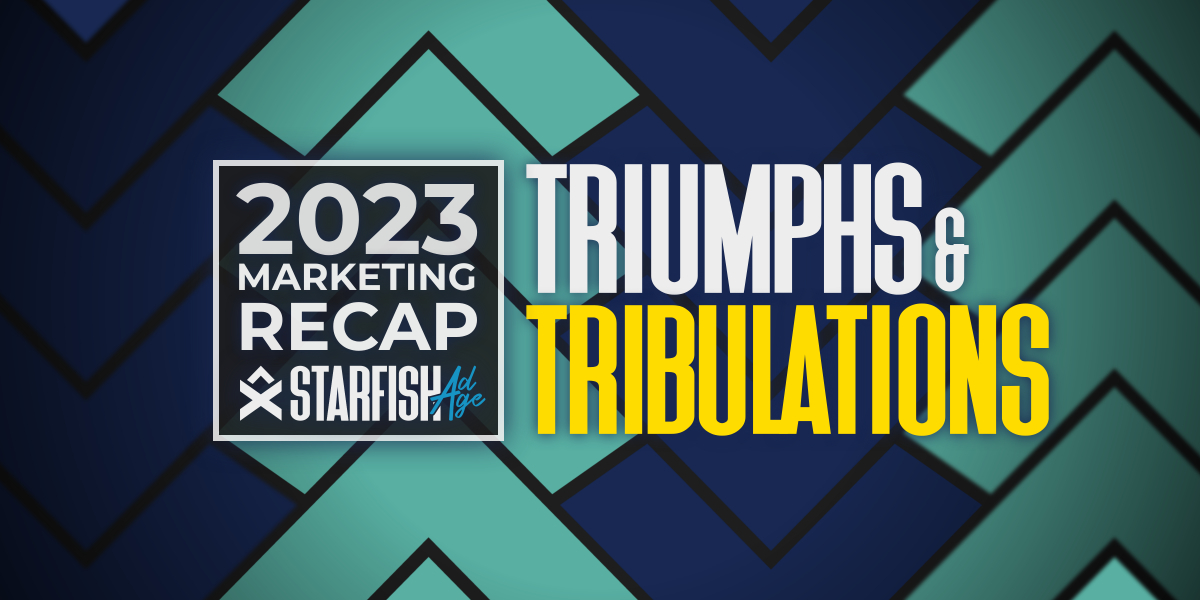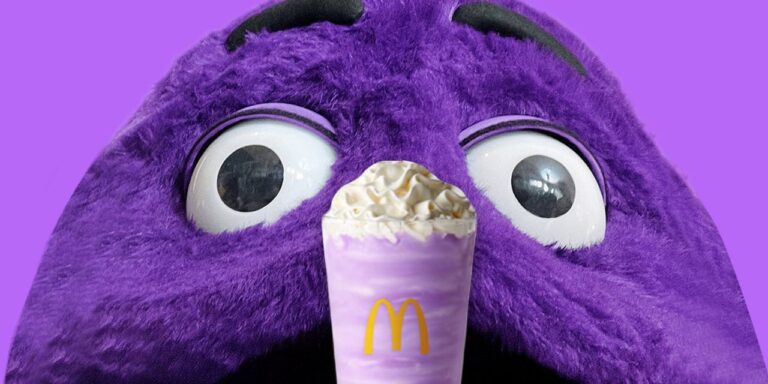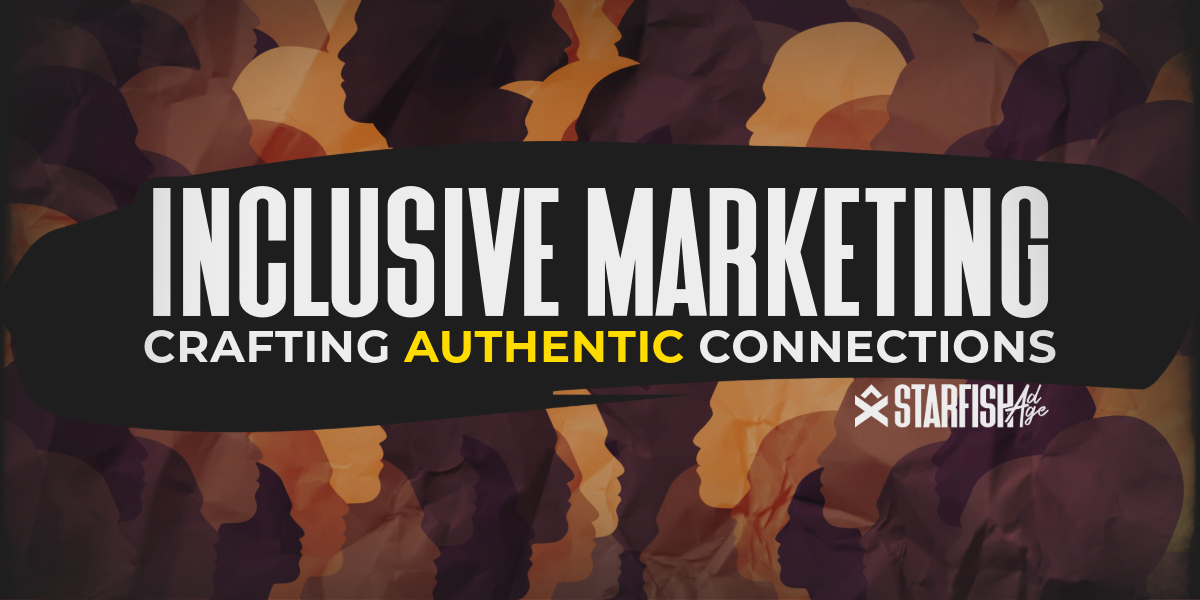
From Posts to Profits: How Can Social Media Promote Your Business?
Discover how social media transforms business promotion, enhancing brand awareness, and driving sales through ads, content, and influencer partnerships.

The year 2023 has been a rollercoaster in the marketing world, marked by groundbreaking campaigns and a few notable missteps. From nostalgia data-driven strategies to purpose-led marketing, brands have navigated the complex landscape with varying degrees of success. This comprehensive blog delves into the most memorable marketing moments of 2023, highlighting both the triumphs and the pitfalls.
One of the standout strategies of 2023 was the use of nostalgia in marketing, a trend that saw brands successfully tap into our collective yearning for the past. This approach proved to be more than a mere trip down memory lane; it was a strategic move that resonated deeply with audiences across various demographics.
McDonald’s, a brand synonymous with childhood memories for many, leveraged this sentiment by celebrating the birthday of Grimace, one of its most beloved characters. This campaign was not just about reminiscing; it was a clever blend of nostalgia and modern marketing techniques. By bringing back Grimace, McDonald’s managed to stir a sense of nostalgia among its older audience while simultaneously introducing this iconic character to a younger generation. The campaign was a masterclass in emotional branding, demonstrating how a well-loved figure from the past could create a buzz in the present.

Similarly, Mattel’s Barbie movie sensation was a significant nod to a familiar past. The Barbie brand has been a staple in children’s toy collections for decades, and by bringing this iconic doll to the big screen, Mattel managed to create a cultural phenomenon. The movie did more than just entertain; it evoked a sense of sentimentality, bringing adults back to their childhoods while continuing to enchant younger audiences. This campaign showcased the enduring appeal of Barbie and how nostalgia can be a powerful tool in bridging generational gaps.

These campaigns underscored the power of emotional branding. By tapping into shared memories and sentiments, brands like McDonald’s and Mattel created a strong emotional connection with their audience. This connection goes beyond the traditional boundaries of marketing, forging a deeper, more personal relationship between the brand or team and its consumers.
The effectiveness of these nostalgic campaigns also highlighted the importance of shared memories in marketing. By invoking a sense of familiarity and warmth, brands were able to create a unique bond with their audience. This approach proved to be incredibly effective in not only attracting attention, but also in fostering brand loyalty. It’s a reminder that sometimes, looking back can be the best way to move forward in marketing.
The nostalgia-driven campaigns of 2023 were a testament to the enduring power of emotional connections and shared memories in marketing. They showed that by honoring the past, brands could develop a future that resonates with audiences of all ages.

The landscape of 2023 marketing was significantly shaped by the rise of purpose-led marketing, a trend that transcended the traditional focus on product selling. This approach saw brands aligning themselves with broader social, environmental, and ethical values, resonating deeply with a consumer base increasingly concerned with corporate responsibility.
In an era where consumers are more informed and conscientious, brands that demonstrated a genuine commitment to societal issues stood out. This shift from being product or service-centric to value-centric marketing allowed companies to connect with their audience on a more meaningful level. Brands that successfully integrated social causes, environmental sustainability, and ethical practices into their core business strategy found a more engaged and loyal customer base.
However, purpose-led marketing presented its own set of challenges, particularly in balancing the need to search for immediate results with long-term brand objectives. Many marketers faced the dilemma of proving the return on investment (ROI) of purpose-driven campaigns, which often require time to mature and yield tangible results. The pressure to deliver quick wins in a fast-paced market environment sometimes conflicts with the need to invest in sustained, long-term, purpose-driven strategies.
To overcome this hurdle, innovative brands adopted a dual approach. They focused on creating impactful, purpose-driven campaigns that also had the potential to generate immediate engagement and buzz. This strategy involved leveraging social media, influencer partnerships and ads, and targeted content that highlighted their commitment to purpose while also driving short-term marketing goals.
Despite these challenges, purpose-led marketing emerged as a crucial differentiator in a crowded market. Brands that authentically and consistently communicated their purpose were able to build a strong emotional connection with their audience. This connection went beyond the transactional nature of traditional marketing, fostering a sense of community and loyalty among their customers and consumers.
Looking ahead, purpose-led marketing is likely to continue evolving. Brands will need to find innovative ways to integrate their purpose into every aspect of their business, from product research and development to customer service. The key to success in this realm lies in authenticity and consistency. As consumers become more discerning, only those brands that are genuinely committed to their purpose will be able to sustain and grow their market presence.
While balancing short-term results with long-term goals remains a challenge, brands and businesses that navigate this successfully are likely to enjoy deeper customer relationships and sustained success.
The year 2023 marked a significant shift in marketing strategies, with a notable rise in collaborations between brands and the integration of empowering messages in campaigns. These partnerships went beyond mere co-branding efforts; they were strategic alliances that combined the unique strengths and assets of different brands to create innovative and appealing products, resonating strongly with consumers.
A standout example of this trend was the unexpected, yet highly successful, collaboration between Heinz and Absolut, resulting in a unique tomato vodka pasta sauce. This partnership was a masterclass in innovative marketing, blending the iconic flavors of Heinz’s tomato sauce with the distinct character and quality of Absolut vodka. The result was a product that was not only novel but also captured the imagination of consumers, offering them a new culinary experience.

The collaboration generated significant buzz across various media platforms, leveraging the power of social media and influencer marketing. The uniqueness of the product, coupled with the surprise factor of such diverse brands coming together, created a viral sensation. This buzz translated into remarkable sales success and enhanced brand recognition for both Heinz and Absolut. It showcased the power of creative collaboration to break through the noise of competitors in a crowded market.
In addition to innovative collaborations, 2023 also saw brands focus on empowering messages in their marketing campaigns. These messages were aimed at inspiring, motivating, and connecting with consumers on a deeper level. Brands that succeeded in this arena were those that authentically communicated values such as inclusivity, empowerment, and social responsibility.
Effective storytelling was at the heart of these empowering campaigns. Brands used narrative techniques to weave their values into compelling stories that resonated with their audience. This approach helped in building a strong emotional connection with consumers, making the brand more relatable and human.
Looking forward, the trend of brand collaborations and empowering messages is likely to evolve further. Brands will continue to seek out innovative partnerships that can offer unique value to consumers. Similarly, the focus on empowering messages will intensify as consumers increasingly look for brands that align with their personal and professional values and beliefs.

The marketing landscape of 2023 was significantly shaped by creative collaborations and empowering messages. These strategies not only helped brands stand out in a competitive market but also fostered a deeper connection with consumers. As we move forward, these elements are expected to play an even more crucial role in shaping brand strategies and consumer engagement.
The year 2023 offered some stark lessons in marketing, with notable campaigns from well-known brands across industries like Bud Light and Target missing the mark. These examples provide valuable insights into the complexities of brand messaging and audience perception.
In the rapidly evolving landscape of brand marketing, authenticity has emerged as a non-negotiable cornerstone. Today’s consumers, especially Gen Z, are increasingly savvy and seek genuine connections with brands that resonate with their values and beliefs. This quest for authenticity becomes particularly critical when brands attempt to align themselves with social causes or cultural movements. A misstep in this area can lead to significant backlash, as evidenced by Bud Light’s experience in the Dylan Mulvaney controversy. Their campaign, aiming to champion inclusivity, backfired due to a perceived lack of genuine commitment to the values they promoted. This incident highlights a vital lesson: superficial attempts at aligning with important messages or feigning diversity can erode trust and damage a brand’s reputation, as consumers can easily sense and reject inauthenticity.
Target faced its own set of challenges with a campaign intended to celebrate cultural diversity. The campaign, which aimed to highlight various cultural traditions, was criticized for its shallow representation and lack of genuine understanding. This misstep by Target underlines the critical need for brands to engage deeply and authentically with cultural themes, ensuring that representation is respectful and informed.
These examples from Bud Light and Target underscore the importance of deeply understanding and respecting the audience. In an era where consumers expect brands to be socially and morally responsible, superficial campaigns can lead to significant backlash.

These missteps also highlight the risks associated with surface-level engagement with serious issues like LGBTQ rights and cultural diversity. Today’s consumers expect brands to demonstrate a deep, genuine commitment to these causes, and anything less can be seen as opportunistic or insincere.
Lastly, these marketing failures emphasize the need for authenticity and depth in brand messaging. Brands must ensure that their campaigns are not only well-intentioned but also well-researched and respectful of the complexities of the issues they choose to engage with.
These cases serve as important reminders for marketers about the value of authenticity, depth, and a true understanding of their audience.
As we look back on the marketing landscape of 2023, it’s clear that it has been a year of significant learning, growth, and evolution for brands and marketers. The successes and failures of various campaigns have provided a wealth of insights, shaping the future trajectory of marketing strategies.
One of the standout themes of the year has been the effective use of nostalgia in marketing. Campaigns that tapped into the collective memories and emotions of their audience proved to be incredibly powerful. Brands like McDonald’s and Mattel demonstrated that by invoking nostalgia, they could create a strong emotional bond with consumers, transcending the typical transactional nature of marketing. This approach is likely to continue evolving as brands find new and innovative ways to connect with audiences through shared memories and experiences.
2023 also reinforced the importance of brand identity and purpose in marketing. Consumers increasingly expect brands to stand for something beyond their products or services. Purpose-driven campaigns, like those focusing on environmental sustainability or cultural diversity, have shown that, when done authentically, they can significantly enhance brand loyalty and perception. However, as seen with examples like Bud Light and Target, there’s a fine line between genuine purpose and perceived opportunism. Moving forward, brands will need to navigate this landscape carefully, ensuring that their purpose-driven initiatives are deeply rooted in authenticity and meaningful action.
This year also highlighted the effectiveness of creative collaborations and empowering messages. Innovative partnerships, such as the one between Heinz and Absolut, broke new ground in product development and marketing. These collaborations not only captured the public’s imagination but also demonstrated the potential of combining diverse brand strengths. Additionally, campaigns that focused on empowering messages resonated deeply with audiences, suggesting that consumers are looking for brands that uplift, inspire, and reflect their values.
On the flip side, the less successful campaigns of 2023 have been equally instructive. They remind us of the critical need for authenticity and a deep understanding of the audience. In an age where consumers are more connected and vocal than ever, missteps in messaging or tone can quickly lead to widespread backlash. These instances underscore the importance of being agile, responsive, and willing to learn from mistakes.
As we move forward, the lessons of 2023 will undoubtedly influence future marketing strategies. Brands will continue to explore the balance between innovation and authenticity, nostalgia and relevance, and purpose and profit. The key will be creating marketing strategies that are not only creative and engaging but also deeply connected to consumer needs and societal trends.
The insights gained from both the successes and failures of this year of competition will be instrumental in shaping more nuanced, effective, and empathetic marketing strategies in the years to come.

Discover how social media transforms business promotion, enhancing brand awareness, and driving sales through ads, content, and influencer partnerships.

Discover how AI enhances efficiency while human creativity remains essential. Learn what AI can and can’t do, its benefits, challenges, and the future of AI in digital marketing.

Discover key strategies for East Texas businesses to engage audiences and enhance marketing with short-form videos.

What is inclusive marketing, and how can it transform your brand’s relationship with diverse audiences?

In marketing, the impending demise of third-party cookies is not just a challenge; it’s an opportunity to innovate.
All Rights Reserved | Starfish Ad Age LLC | 2023 | Privacy Policy